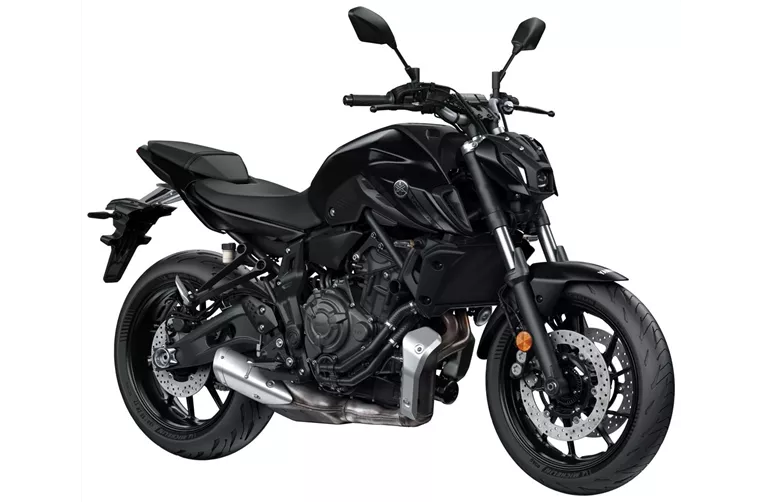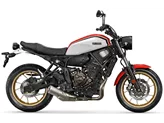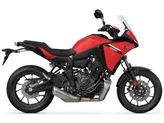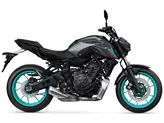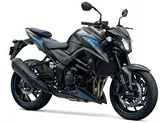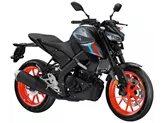Kawasaki Z900 2017 vs. Yamaha MT-07 2021

Kawasaki Z900 2017
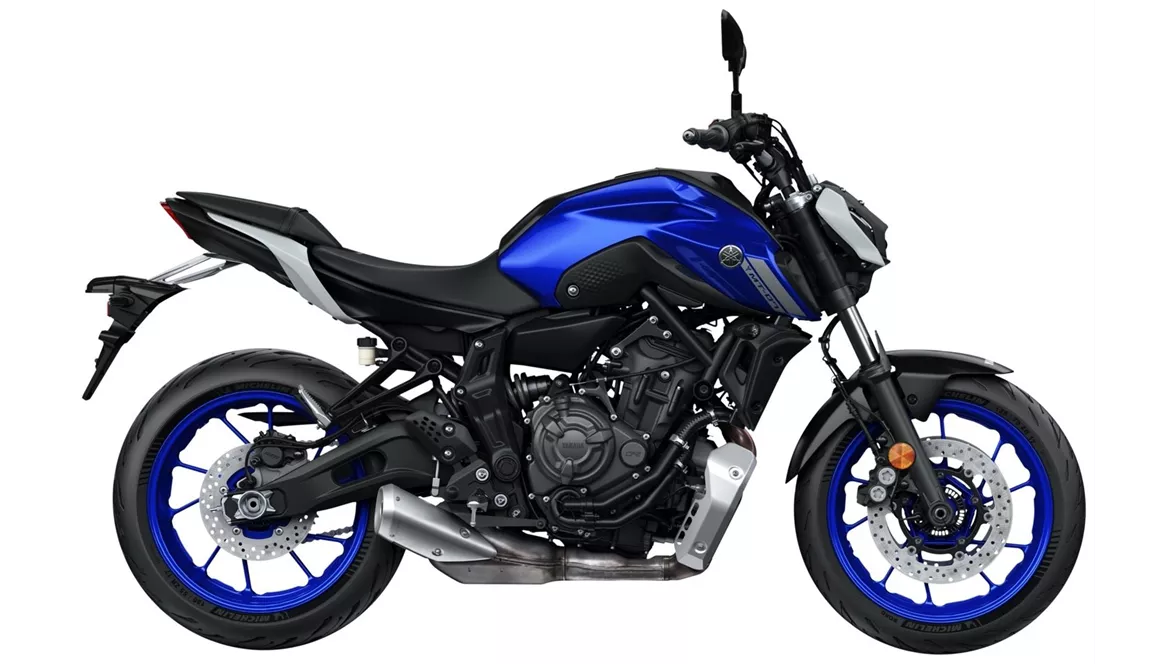
Yamaha MT-07 2021
Vue d’ensemble - Kawasaki Z900 2017 vs Yamaha MT-07 2021
The Kawasaki Z900 2017 and the Yamaha MT-07 2021 are both naked bikes with similar technical specifications. However, there are some notable differences between the two models.
In terms of engine power, the Kawasaki Z900 2017 has a significant advantage with 125.4 HP compared to the Yamaha MT-07 2021's 73.4 HP. This means that the Z900 is capable of delivering more power and acceleration, making it a more suitable choice for riders who prioritize performance.
In terms of torque, the Kawasaki Z900 2017 also has the upper hand with 98.6 Nm compared to the Yamaha MT-07 2021's 67 Nm. This means that the Z900 has more low-end power and is capable of delivering a stronger and more responsive performance.
Both bikes feature fuel injection systems and liquid cooling, ensuring efficient and reliable performance. They also have the same number of cylinders (4 for the Z900 and 2 for the MT-07) and utilize a swing arm suspension system with a monoshock rear shock absorber.

Kawasaki Z900 2017
In terms of chassis, both bikes feature steel frames, providing a sturdy and stable foundation for the bike's components. They also have double disk front brakes with similar diameters (300 mm for the Z900 and 298 mm for the MT-07), ensuring reliable stopping power.
Both bikes are equipped with advanced rider assistance systems, including ABS, which enhances safety and stability during braking.
In terms of dimensions and weights, there are some differences between the two models. The Kawasaki Z900 2017 has a slightly longer wheelbase of 1450 mm compared to the Yamaha MT-07 2021's 1400 mm. This may result in slightly different handling characteristics, with the Z900 potentially offering more stability at higher speeds.
The seat height of the Z900 is slightly lower at 795 mm compared to the MT-07's 805 mm. This may make the Z900 more accessible to riders with shorter inseams.
In terms of weight, the Z900 is slightly heavier with a kerb weight of 210 kg compared to the MT-07's 184 kg. This may affect the bike's agility and maneuverability, with the MT-07 potentially offering a more nimble riding experience.
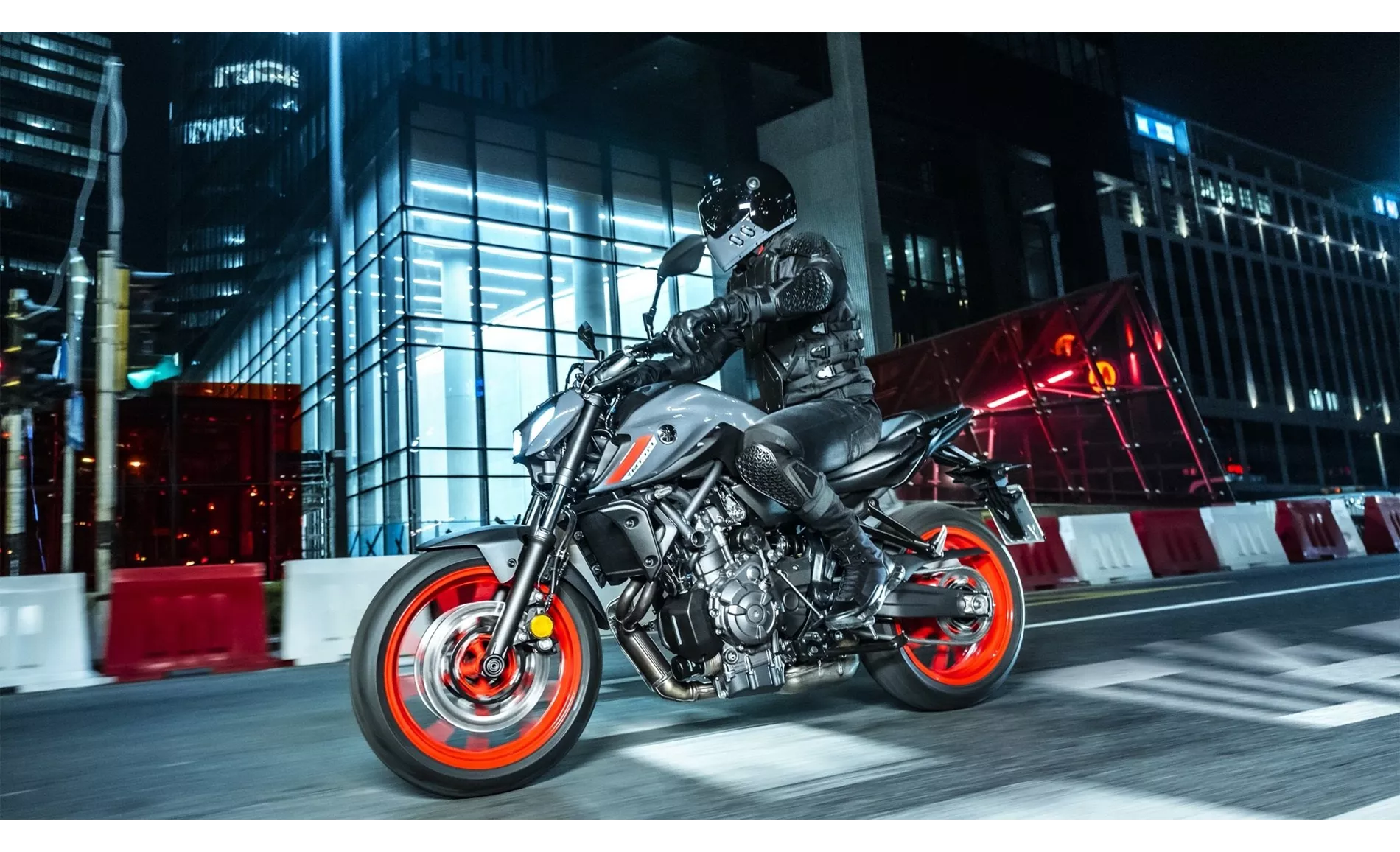
Yamaha MT-07 2021
In terms of strengths, the Kawasaki Z900 2017 is praised for its ingenious naked bike chassis, superb looks, and a responsive engine with well-balanced torque. It is also considered to offer a good intersection of performance, price, and practical use.
On the other hand, the Yamaha MT-07 2021 is praised for its great engine, pleasant ergonomics, transparent brake feel, and a good price-performance ratio. It is also commended for its transparent handling and a good mix of cool and practical features.
In terms of weaknesses, the Kawasaki Z900 2017 is noted to have a narrow knee angle, which may be uncomfortable for taller riders. On the other hand, the Yamaha MT-07 2021 is mentioned to have a chassis that finds its limits with a very sporty driving style.
Overall, both the Kawasaki Z900 2017 and the Yamaha MT-07 2021 are capable naked bikes with their own strengths and weaknesses. The Z900 offers more power and performance, while the MT-07 provides a good balance of practicality and affordability. Ultimately, the choice between the two will depend on the rider's preferences and priorities.
Caractéristiques techniques Kawasaki Z900 2017 par rapport à Yamaha MT-07 2021
Avantages et inconvénients en comparaison
Avantages et inconvénients en comparaison
Kawasaki Z900 2017

Une moto très réussie. Elle est le fruit de nombreux tests et d'un grand souci du détail. Elle a exactement la bonne puissance, exactement le bon châssis et exactement le bon look. Une nakedbike parfaitement réussie qui te rendra heureux pendant longtemps. Si tu veux, tu peux la conduire simplement et fidèlement, mais si tu le souhaites, elle peut aussi être ultra-rapide et vrombir méchamment. Superbe !
Yamaha MT-07 2021
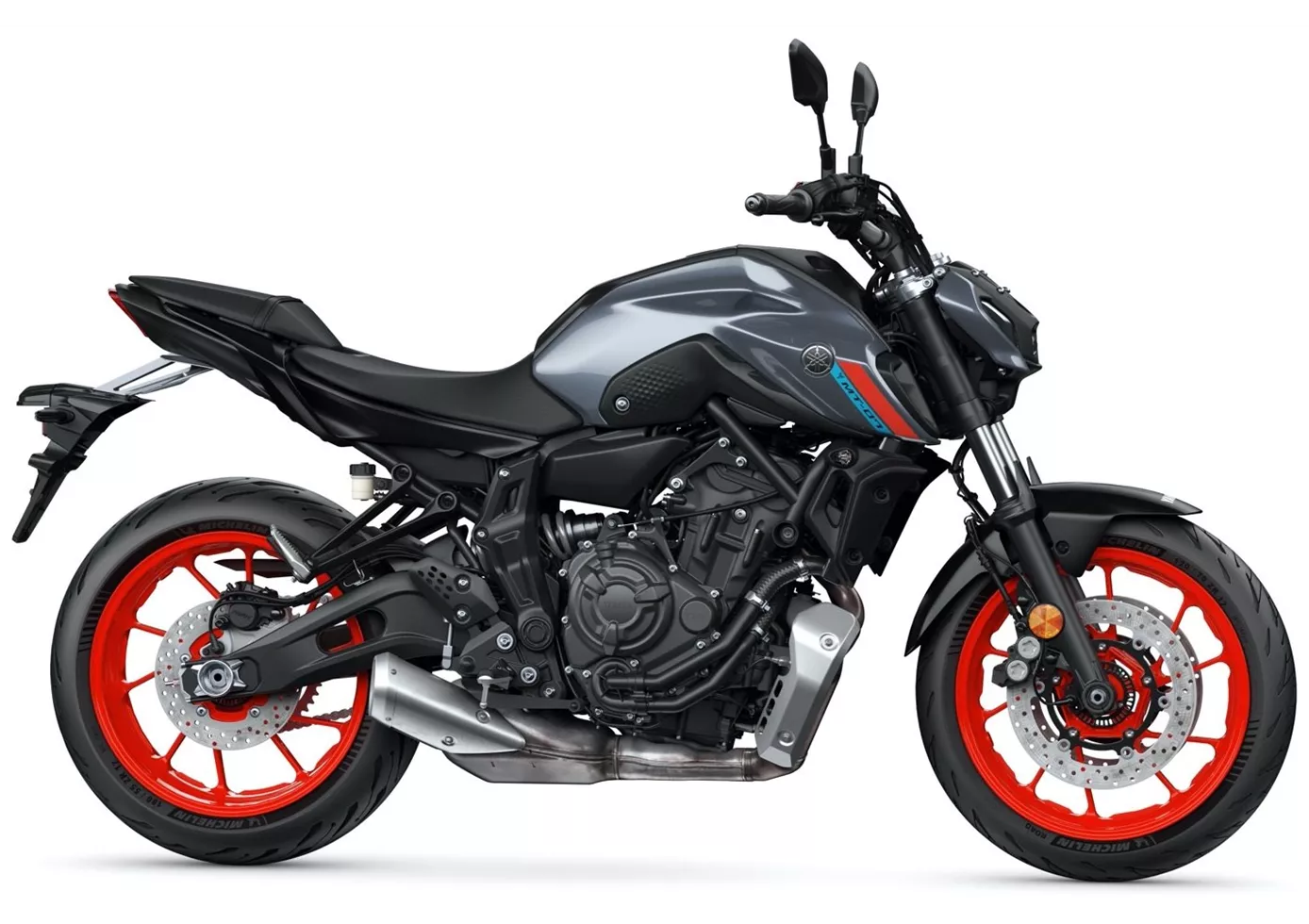
Faire de la moto en toute décontraction ! La MT-07 transmet une joie de vivre insouciante et on aime se dandiner dans les virages avec cette machine poussive. Le moteur est toujours garant du plaisir de conduire. C'est étonnant de voir la flamme qui brûle dans ce petit engin. Malheureusement, le châssis n'est toujours pas vraiment bon. Avec l'absence de Quickshifter, il rappelle la douceur de l'étiquette de prix de la Yamaha.
Comparaison des prix Prix moyen du marché Kawasaki Z900 vs Yamaha MT-07
There are a few key differences between a Kawasaki Z900 2017 and a Yamaha MT-07 2021. In terms of price, the actual average price of a Kawasaki Z900 2017 is about 24% higher. Compared to Yamaha MT-07 2021 there are more Kawasaki Z900 2017 bikes available on the 1000PS.de Marketplace, specifically 43 compared to 25. It takes less time to sell a Kawasaki Z900 with 85 days compared to 91 days for a Yamaha MT-07. Since model year 2017 1000PS.de editors have written 46 reviews for the Kawasaki Z900 and 69 reviews for the Yamaha MT-07 since model year 2013. The first review for the Kawasaki Z900 was published on 11/11/2016 and now has more than 93,200 views. This compares to more than 12,600 views for the first review on Yamaha MT-07 published on 11/4/2013.

